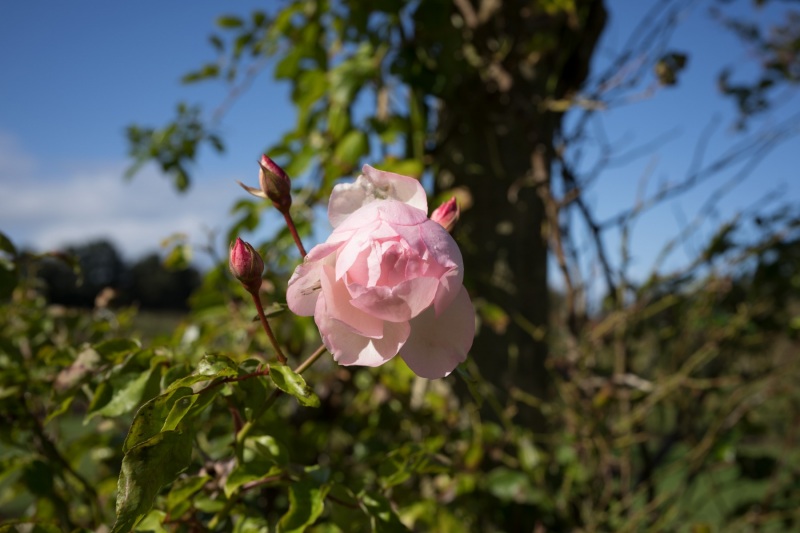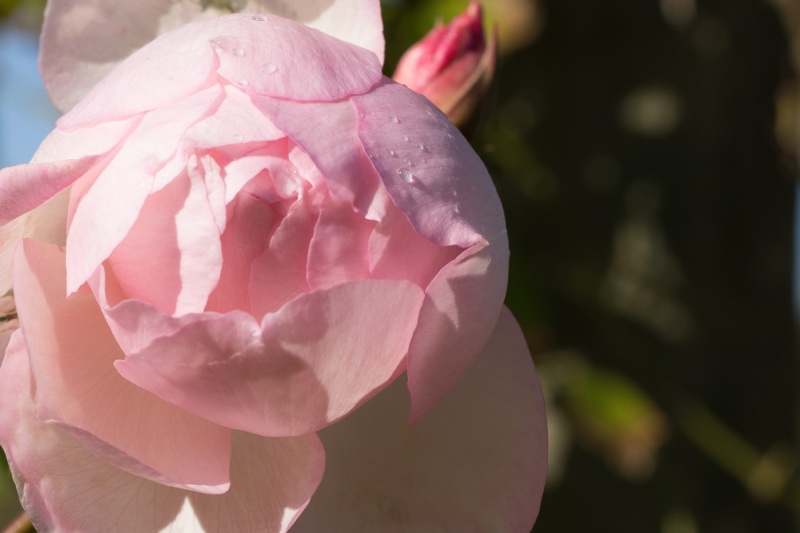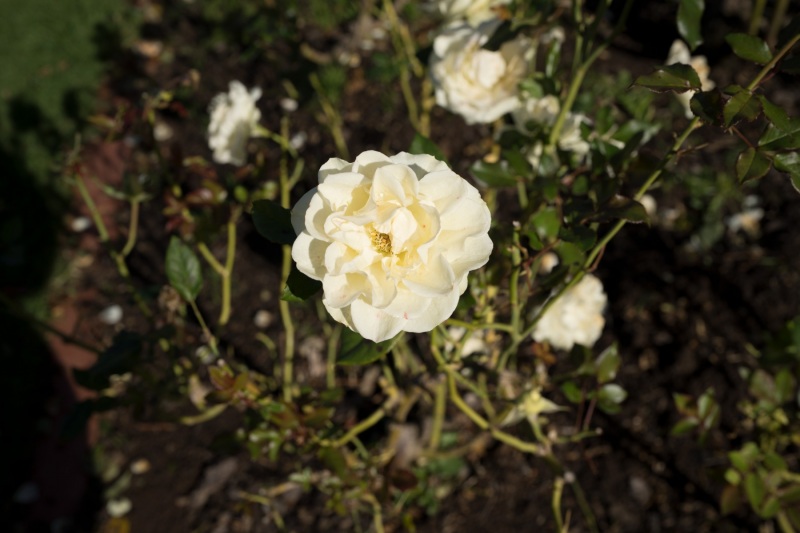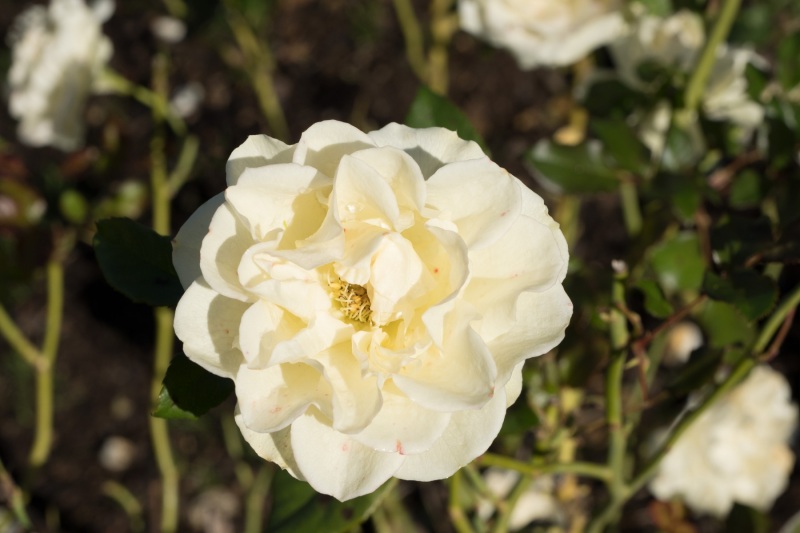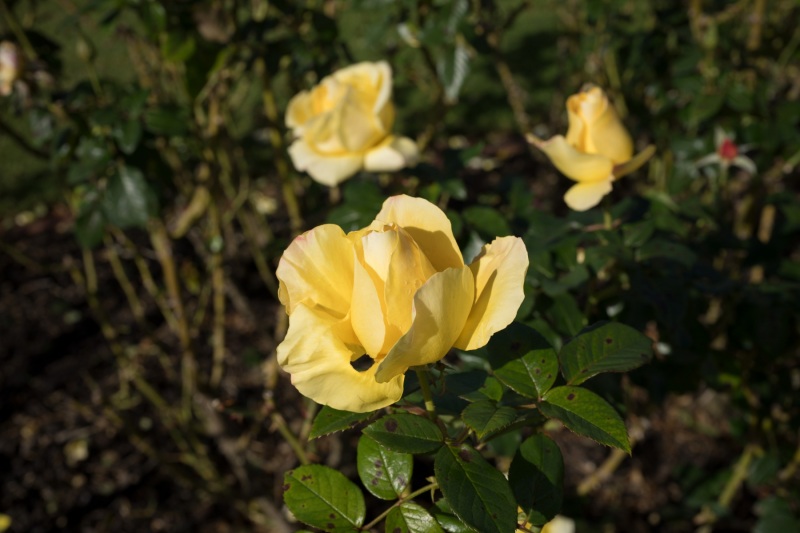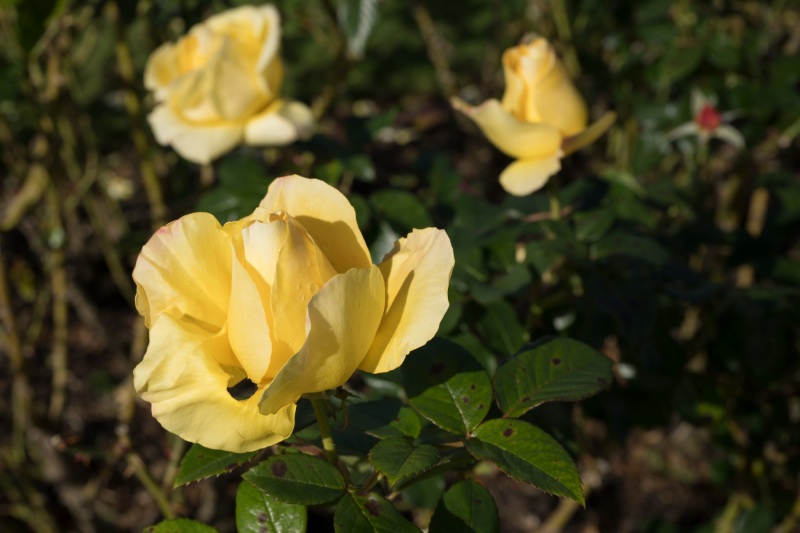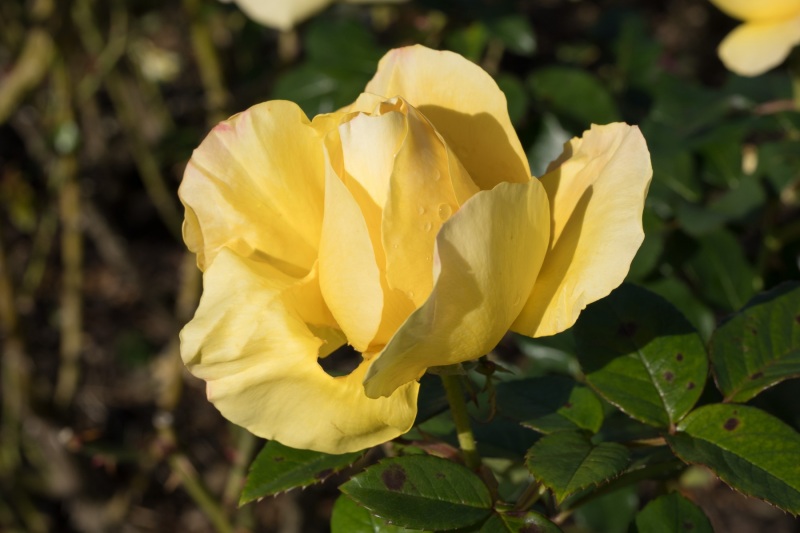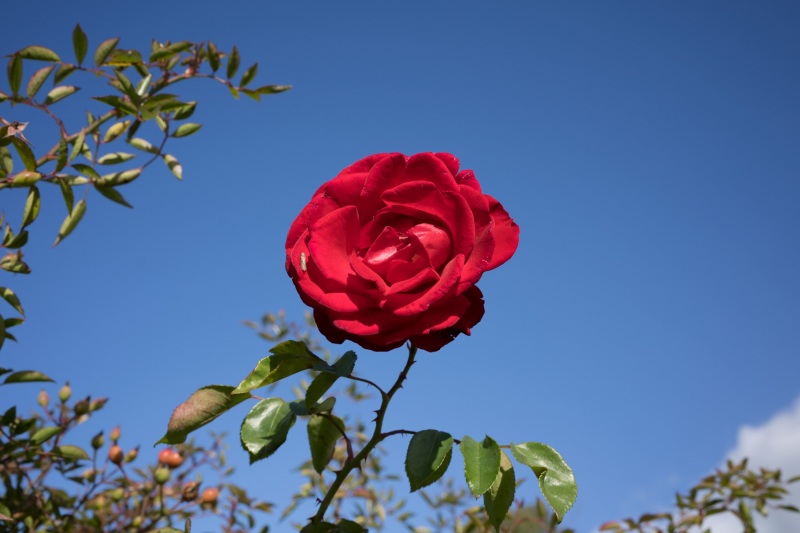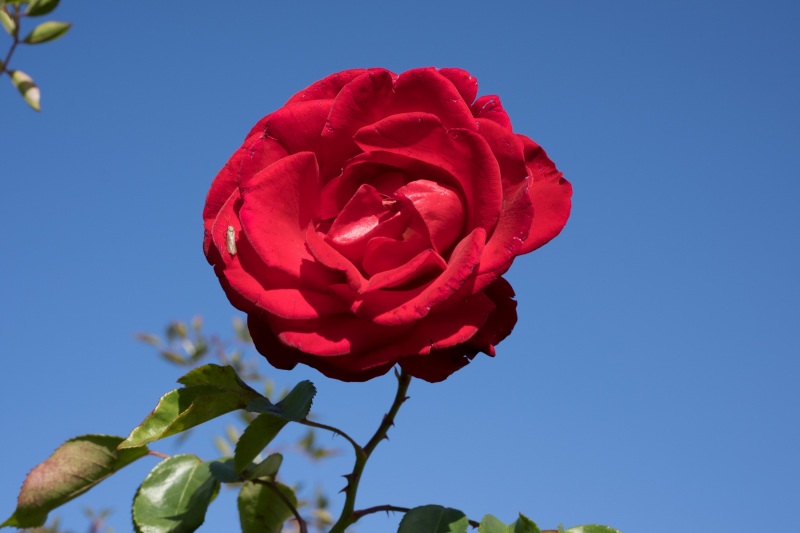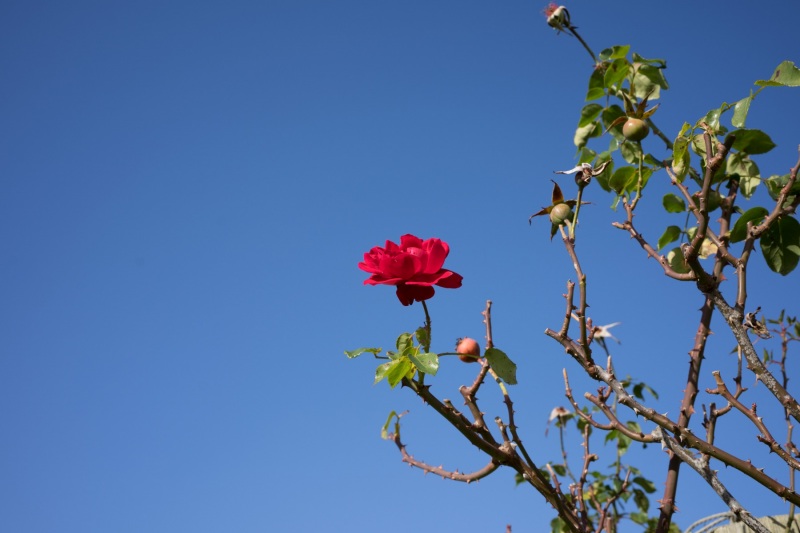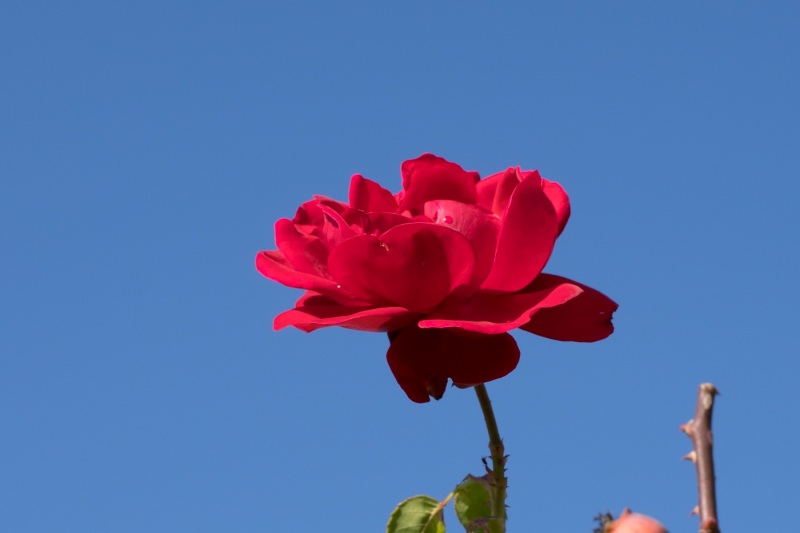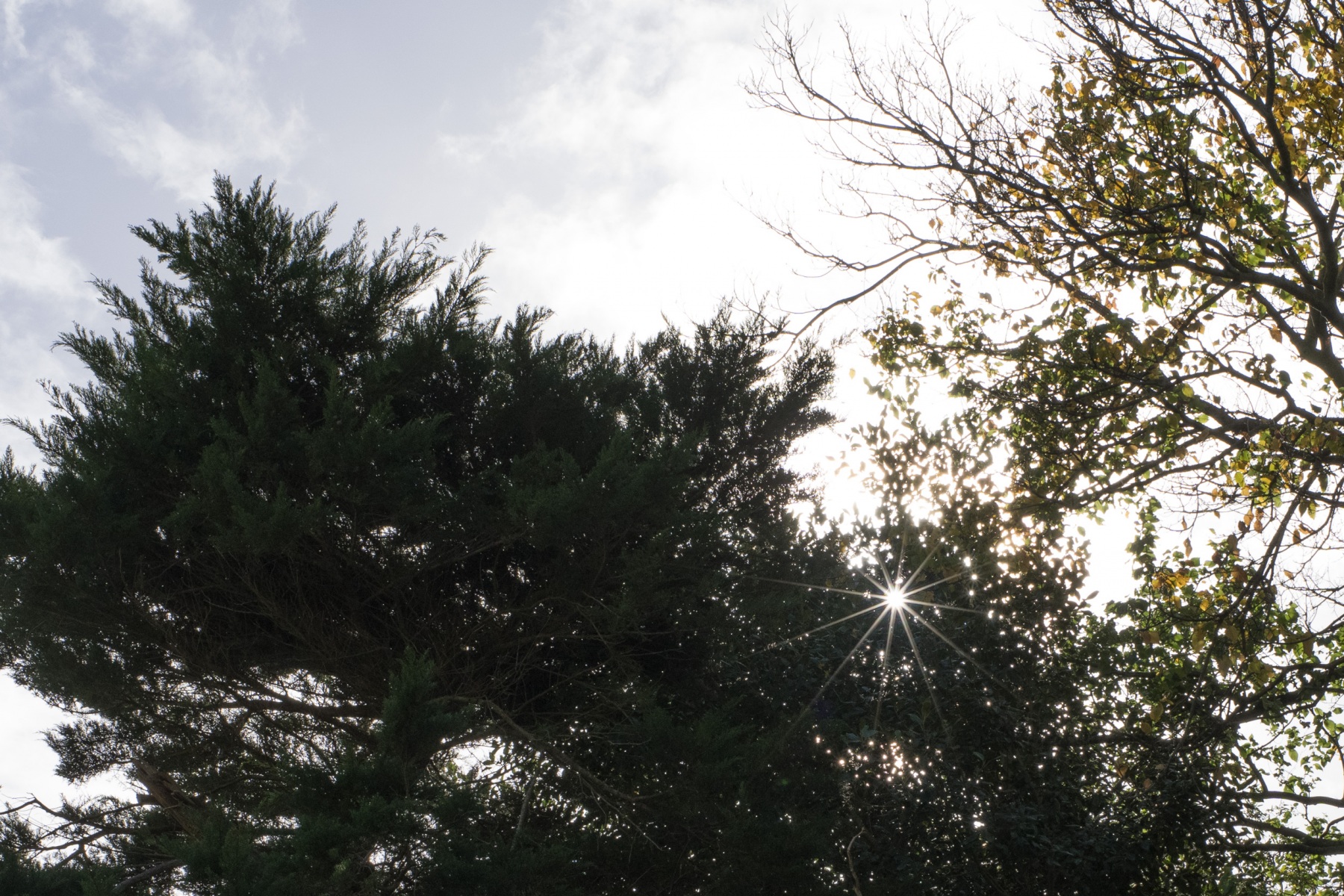Voigtländer 35mm f/2 APO Lanthar (E mount) – Raindrops on Roses!
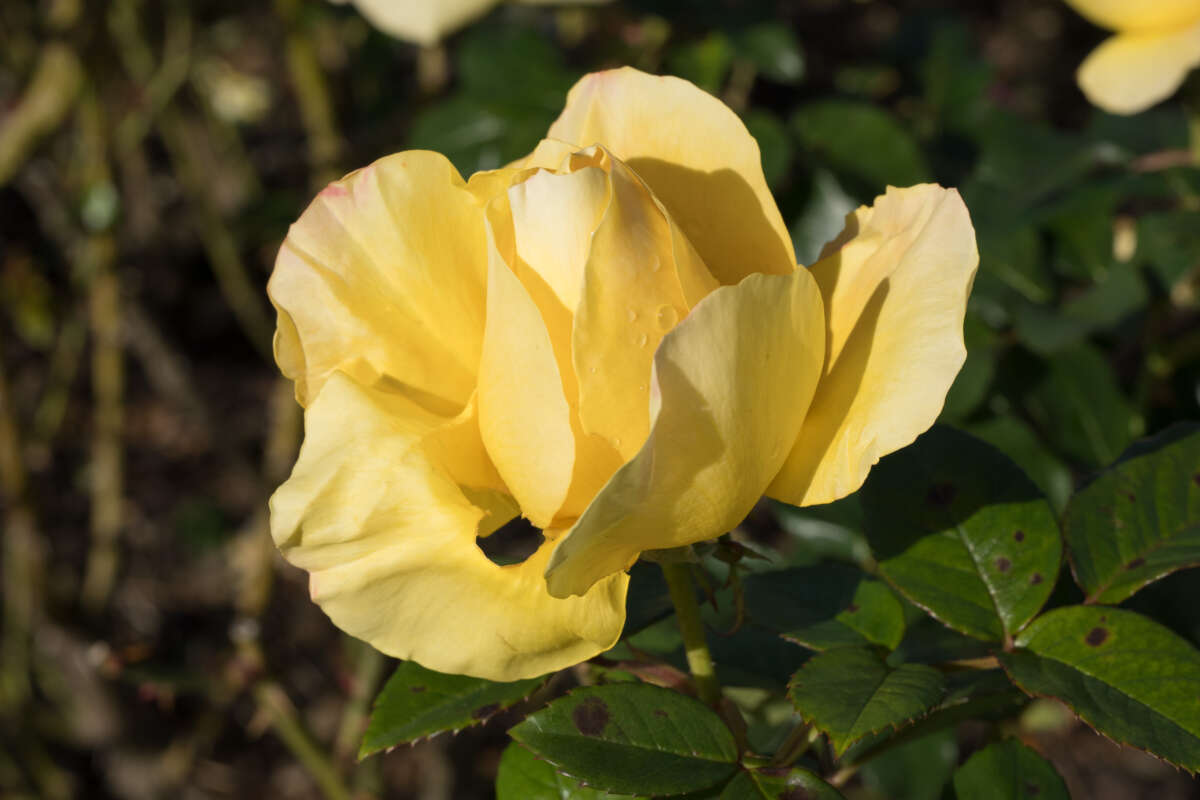
The Voigtländer 35mm f/2 APO Lanthar lens is the next APO Lanthar. This is my first visit to the State Rose Garden with the new lens.
The State Rose Garden
The State Rose Garden is part of Werribee Park. I took the 50mm f/2 APO Lanthar here when I was reviewing it, and it seemed a good place to start looking at its sibling.
I was pleasantly surprised to find roses to photograph. I wasn’t expecting a lot, because it is autumn, and there had been heavy rainfall before dawn. I was surprised to find roses to photograph
Just like the 50mm APO Lanthar, this lens produces very detailed images. I was using the Sony A1 this time, but the lens can produce detail down to the pixel level. In each of these images, I’m showing you the full frame I shot, then the crop (or for the yellow rose, the two crops) that I took from the frame. The pink rose is cropped right down to showing you individual pixels so you can see the detail in the rain drops (yes, I’m asking you to look at raindrops on roses, but you’ll have to imagine Julie Andrews’ voice). You can see raindrops on some of the other roses, too.
Click on the gallery to see these images in detail.
Sun star in the grounds of Werribee Mansion
The Werribee Mansion grounds are adjacent to the State Rose Garden, and I went wandering through. As this lens is a Voigtländer, I know someone will want to know how well it produces sun stars. Some may be disappointed that the 12 blades of the aperture have a special shape designed to produce a round aperture at f/2.8, f/5.6, and even f/16 (the 50mm APO Lanthar only does this as f/2.8) – that reduces the potential for sun stars! However, we can use f/11, and I did. This image was shot at f/11 using the Sony A1 at 1/800, ISO 500.
The aperture has 12 blades, so the sun star has 12 points (feel free to count them!). I think I prefer the simpler structure of sun stars made with an even number of blades.
